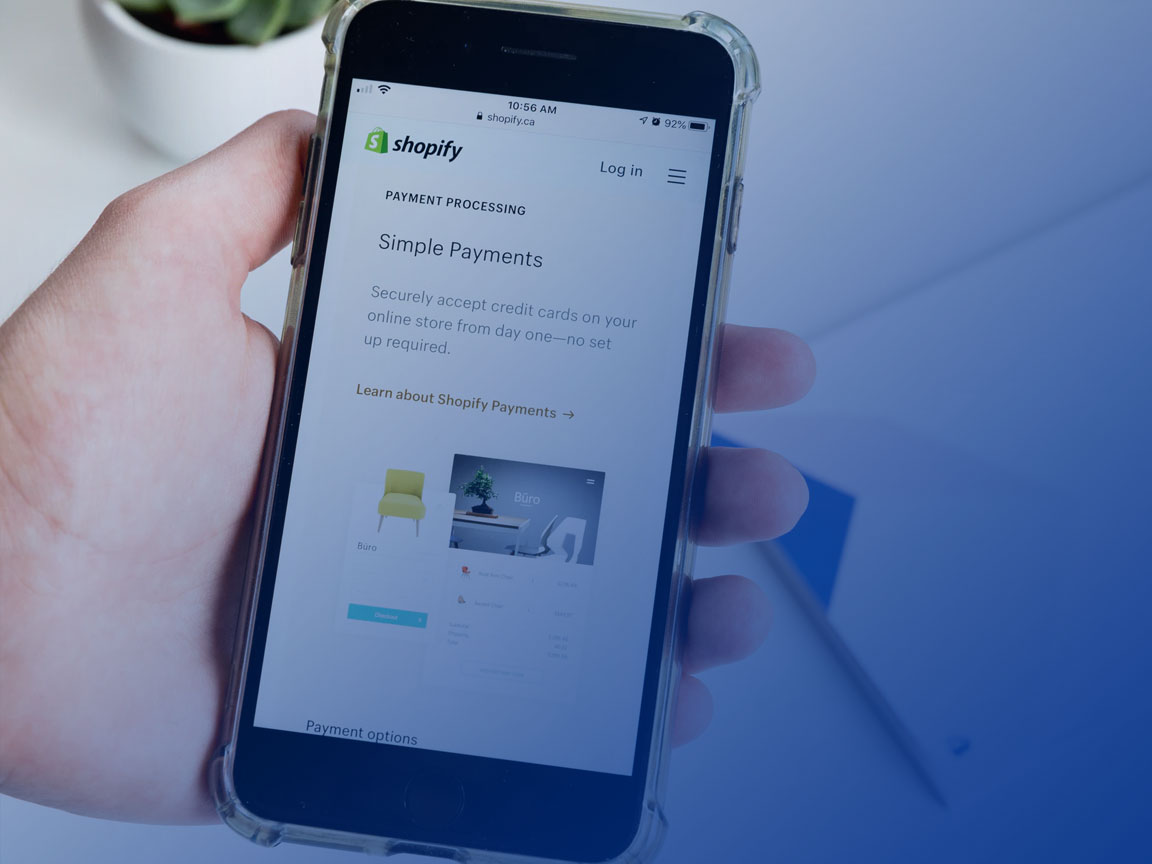
5 Projects Where Micro Frontends Are Useful
Micro frontends help you empower independent teams and innovate faster. Here are 5 kinds of projects that micro frontends help with.
As you scale your business, you also need to scale your technology. And when the size and number of your development teams grow, a monolithic architecture can become a limiting factor in your ability to innovate quickly as you grow.
Moving to a microservice architecture enables enterprises to decouple functionalities that can be managed by independent teams. However, if your frontend is still a single page application, it can become a bottleneck when trying to make changes and updates.
By leveraging micro frontends, enterprises can build independent, cross-functional teams around business domains and empower them with control over their given feature or function within the application.
Micro frontends are a trend that are helping many large and growing organizations to create innovative online experiences for their customers, while maintaining agility and efficiency.
Here are 5 kinds of projects that micro frontends can help with.
1. Large E-Commerce Sites
In order to scale effectively, large e-commerce companies may consider breaking up their monolithic frontends into micro frontends centered on business domains such as authorization and checkout, product recommendations, and product search functionality.
A number of large and successful e-commerce sites currently leverage micro frontends, including the athletic wear retailer Lululemon; IKEA, a multinational company that sells furniture and other home goods; as well as the international shoe and fashion retailer Zalando.
2. Banking Apps
Banking apps and sites can become very complicated, needing to service a number of different personas and users securely and efficiently. So banking institutions may choose to arrange their apps and sites around micro frontends used across their various lines of business, such as checking and savings accounts, credit cards, investments, and home or auto loans.
One example of micro frontends in a banking context is Illimity, an investment and banking organization that uses micro frontends for their site.
3. Streaming Services
Streaming services provide highly individualized experiences to their users based on previous viewing and search behavior, and they must deliver streaming content with consistent speed and quality in order to provide a frictionless entertainment experience.
Thus, for streaming services, micro frontend teams may be arranged around core domains like the video streaming functionality and the content catalog, as well as other domains such as individualized recommendations, content categories, and language or subtitling preferences.
One example of an organization in this space that’s using micro frontends is DAZN, an over-the-top subscription sports streaming service.
4. Process-Driven Applications
Process-driven applications enable an organization to optimize and automate business processes, in order to maximize their efficiency and accuracy. This could include a banking institution leveraging micro frontends for client onboarding processes that involve KYC requirements and the verification of information. Another example could be hospital or pharmaceutical processing, where government regulations need to be adhered to as medical care workers seek to provide patients with the specific care they need.
In both of these examples, an organization’s process may involve any number of people with different roles and responsibilities, each needing their own “view” of the process. This is where micro frontends can help an organization efficiently create seamless user experiences for each persona in the process.
One example of this is CloudFactory, which employs micro frontends for its proprietary data processing platform.
You can read more about how micro frontends benefit process-driven applications here.
5. Social Media Apps and Marketplace Sites
Social media apps and marketplace sites, much like many of the applications described above, involve a fair amount of complexity in providing personalized experiences to their users. Organizations that want to scale the size of their social apps and sites will need to organize their development teams around the various business functions and features of the experience.
A number of examples exist of companies using micro frontends for these kinds of applications. Fiverr is an app that connects freelance workers with opportunities, and their development teams leverage micro frontends, as does Upwork, another app for freelance services.
Additionally, OpenTable, an app for restaurant reservations, recommendations and food delivery services, likewise leverages MFEs, as does Skyscanner, a site that provides travel recommendation and reservation services.
Build apps with micro frontends on Kubernetes with Entando.
When release cycles take months instead of weeks, your business is left unable to respond to the needs of your customers with the modern online experiences they want. So that’s why we created a platform to help you get your ideas to market faster, using leading edge technologies and methods to accelerate your rate of innovation.
Entando is the leading micro frontend platform for building enterprise web apps on Kubernetes. We want to change the way enterprises build applications to help them win and retain more customers.
We help enterprises innovate faster with customized blueprints that enable you to quickly generate micro frontends and assemble them onto a single page. Reuse components across multiple projects via the Entando Component Repository, saving money and increasing development speed. Scale quickly and effectively with Entando’s custom Kubernetes operator, automating the deployment of scalable, self-healing applications.
Entando is open source with available enterprise support. Begin developing on the platform today, and get a quote from our professional services team to see how Entando can help your organization build better apps, sites, and portals--faster.
